After twelve months of intensive field use — from the vibrant reefs and WWII wrecks of the Solomon Islands to open-ocean encounters with sperm whales in Dominica, and finally extended diving across Indonesia — I can confidently say that the SEACAM Optical Precision Port (OPP) is a very impressive set of water-correction optics.
Designed to redefine how we shoot wide underwater, the SEACAM OPP combines precision Austrian engineering with remarkable real-world versatility. Here’s how my time “undercover” testing it unfolded.
The Call: How I Began Field-Testing the SEACAM OPP
In late September last year, I received a WhatsApp message from Harald Hordosch, founder and CEO of Austrian premium underwater-equipment manufacturer SEACAM, asking if I was free for a Zoom call.
Unsure whether this was good news or bad, I quickly replied, “Sure,” and two hours later found myself on a call with Harald and his daughter, Esther.
Harald opened with two quick questions: “When is your next trip?” and “Would you consider field-testing a new piece of equipment?”
I told him I’d be in the Solomon Islands in three weeks, followed by back-to-back sperm-whale trips in Dominica — and yes, absolutely, I was onboard. I assumed he meant a new achromat close-up lens or something similar.
So you can imagine my surprise when he explained that he wanted me to test the new SEACAM OPP — a water-correction optical system designed to push the limits of underwater wide-angle photography.
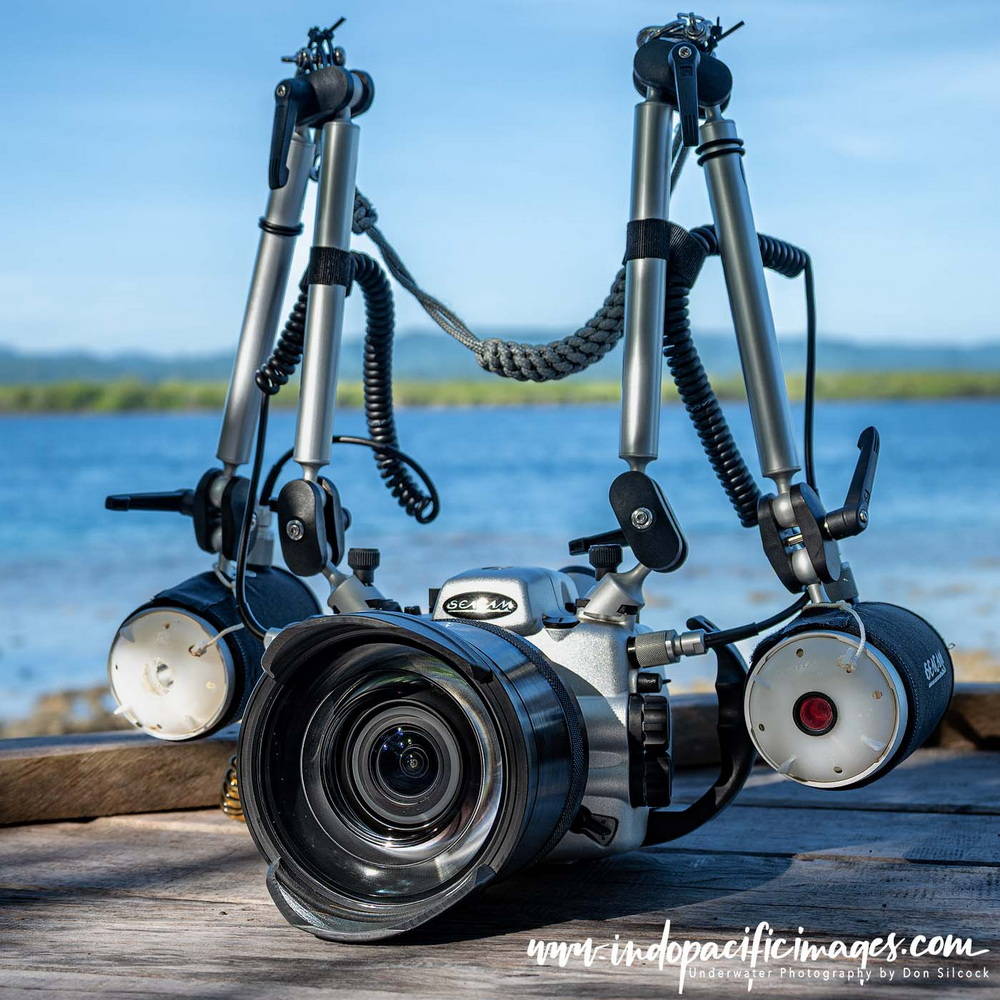
Two weeks later, DHL delivered the prototype SEACAM Optical Precision Port to my home in Sydney. I assembled it, ran a few dry tests, and packed it carefully in my carry-on for the Solomons.
Why I Was Chosen to Test the SEACAM Optical Precision Port
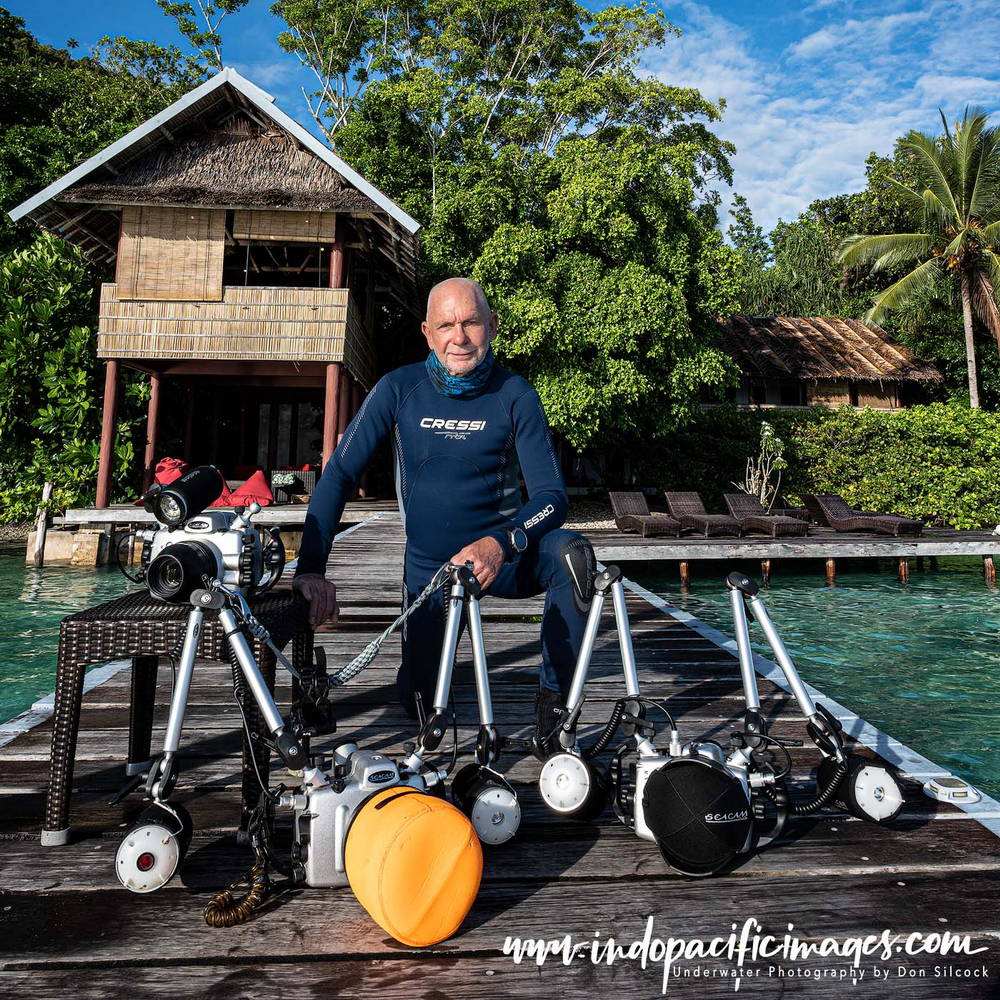
At that point, I had been formally associated with SEACAM for just over six months, in my role as Operations Manager of Papua Diving’s Raja Ampat SEACAM Center (RASC).
That relationship also began with a Zoom call, during which I introduced my background in underwater photography.
Starting in the 1980s with Nikonos cameras, moving to SLR systems in Subal housings in the mid-1990s, and then Nauticam in 2010.
Although Harald didn’t comment at the time, I could tell he was intrigued when I told him that I’d been using the Nauticam WACP-1 since its release, and had added the compact WACP-C as soon as it became available.
The following month, I travelled to Voitsberg, Austria, to collect the SEACAM equipment I’d requested for myself and the RASC, and to spend three days in technical training with Harald and his team. While I was there Harald lifted the kimono a little and showed me the external optical element of the OPP.
This time it was my turn to keep quiet — though I’m sure my expression gave me away. In retrospect, I think it was my experience with water-correction optics and my enthusiasm for SEACAM’s innovation that convinced Harald I was the right candidate to field-test the SEACAM OPP in real-world conditions.
First Impressions of the SEACAM OPP: Build and Handling
Unboxing the SEACAM OPP in my Sydney study was a heady but humbling moment. Like all SEACAM equipment, its twin optical-glass elements were beautifully crafted and impeccably finished.
As I assembled them for the first time, I couldn’t help wondering if I truly had the underwater photography skills to get the most out of this optical masterpiece. Only time would tell — but I resolved to make the most of the incredible opportunity SEACAM had entrusted me with.
Beyond its immaculate build, what really struck me was how light and travel-friendly the SEACAM Optical Precision Port was — something I’d appreciate more once it was underwater.
How the SEACAM Optical Precision Port Works Underwater
The Optical Precision Port (OPP) is designed using the principles developed by the optical physicist Alexander Ivanoff, which were the result of pioneering research into the transmission of light underwater.
SEACAMˋs optical engineers and partners have used those principles, but completely redesigned and adapted them to the requirements of modern camera lenses.
Specifically, how the properties of transmitted light are impacted by the different refractive indexes of air and water. In simple terms, rather than trying to manage the effects of refraction (as dome ports do), the SEACAM OPP employs optical elements that work with water’s refractive properties.
Much like the legendary Nikonos RS lenses corrected for distortion where water meets air, the OPP is designed around the physics of that same interface — but with a different approach. Instead of modifying a lens internally, the OPP uses a standard camera lens combined with water-correction optics in an inverted-telescope arrangement.
My prototype was configured for the Nikon F 16–35 4 G ED lens, which I used with an FTZ II adapter on a Nikon Z8.
Key Components of the SEACAM OPP System
Water-Contact Element: External front element fitted with a standard SEACAM bayonet thread to attach to the PVL (port-extension ring).
PVL Extension Ring: Mounts the external lens in the precise optical position on the housing.
Internal Correction Lens: Supplied with a 77 mm thread to attach directly to the camera lens.
Camera Lens: The prototype was designed for the Nikon F-mount 16–35 4 G ED lens, used with the Nikon Z8.
SEACAM OPP Field Test #1: Solomon Islands Reefs and Wrecks
I spent more than three weeks diving the reefs and wrecks of the Solomon Islands, including nine days around Papatura Island on the north coast of Santa Isabel, and eleven days aboard Bilikiki exploring the Russell and Florida Islands and Marovo Lagoon.
My approach was to use the SEACAM OPP exactly as I had used both WACPs: manual mode, aperture f/11–f/13 for maximum depth of field, ISO 500 on the Nikon Z8, and manual shutter speed to balance the ambient light.
Using dual SEACAM 160D strobes in TTL + HSS, I found the OPP performed flawlessly.
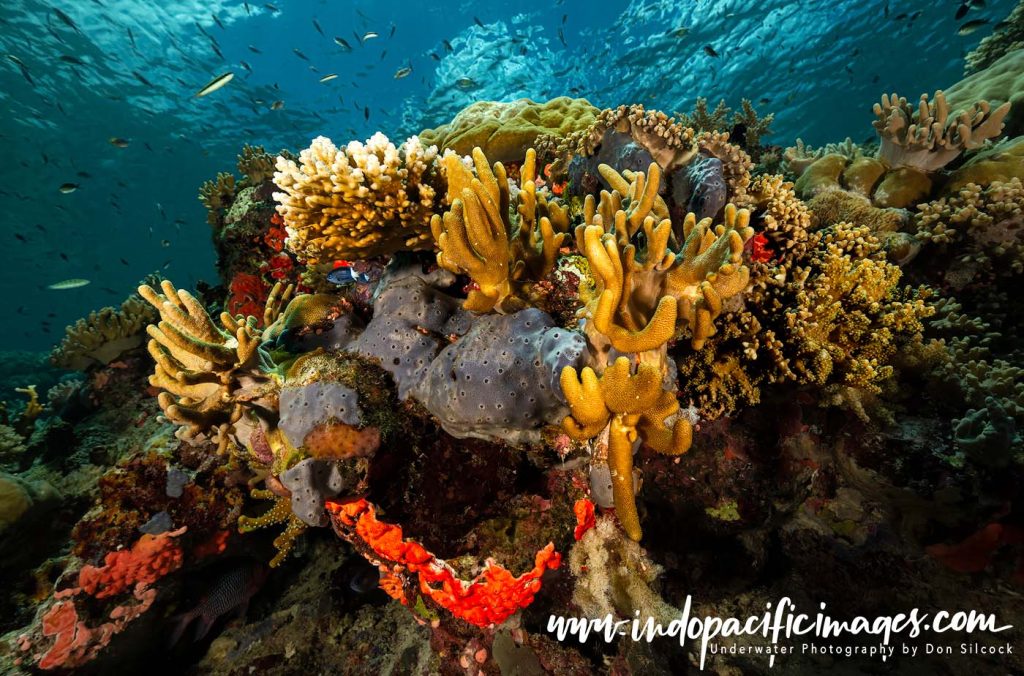
Key observations:
- Exceptional versatility — excellent wide-angle capability at 16 mm and strong mid-range performance at 35 mm.
- Very fast and accurate autofocus with the Nikon Z8.
- Extended superb close-focus ability — so close that strobe repositioning was sometimes required.
- Edge-to-edge sharpness with no visible chromatic aberration.
- Beautiful rendering of ambient light and colour.
- Minimal backscatter when strobes were aligned with the housing handles.
Overall, I came away from the Solomons deeply impressed with the SEACAM OPP — but my next destination would be something completely different.
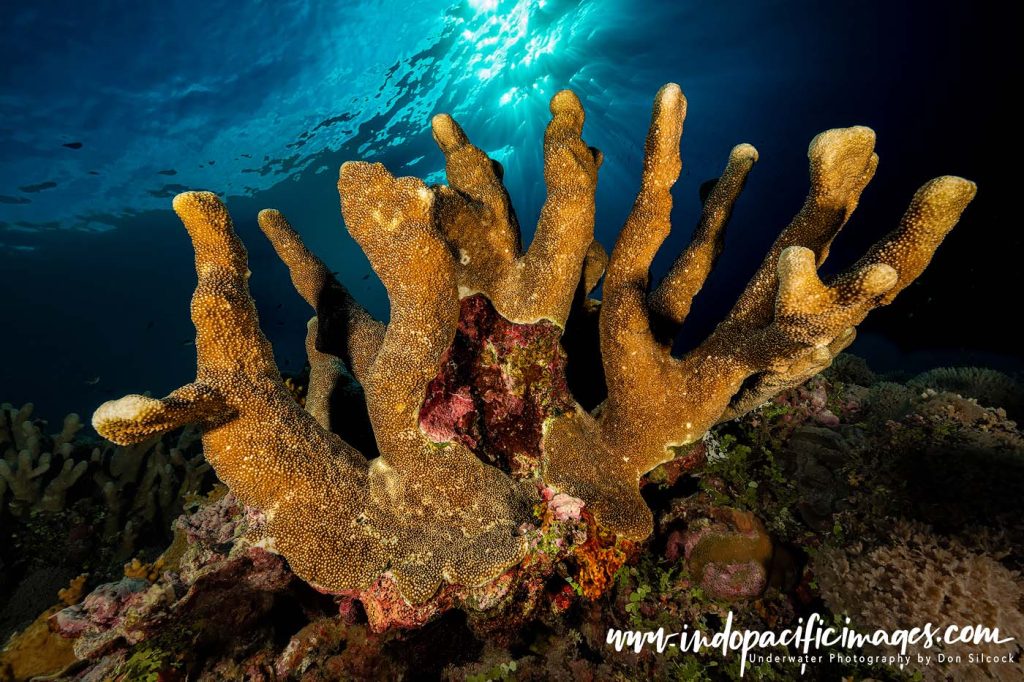
SEACAM OPP Field Test #2: Sperm Whales in Dominica
The mountainous Caribbean island of Dominica hosts a resident population of female sperm whales and their calves — and it had long been on my to-do list. Encounters typically involve careful positioning as whales approach; the goal is to intercept them to one side without disturbing their path.
I was eager to use the SEACAM OPP because its rectilinear optics would preserve the whales’ unique proportions without the barrel distortion typical of domes.
In these surface-level encounters, strobes are not used — they slow you down and can’t illuminate such massive animals. I shot the Nikon Z8 in manual, aperture f/11, shutter 1/320 s to freeze motion, and Auto ISO for balanced exposure.
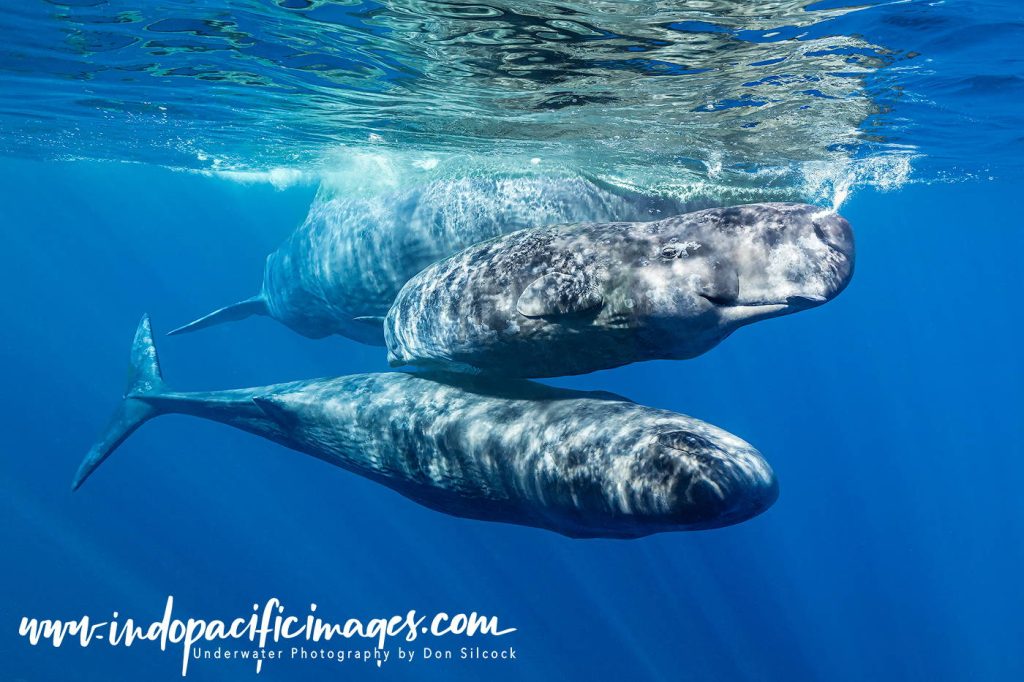
What I noted:
- Wide enough at 16 mm to capture the whale’s full form.
- Rectilinear optics preserved proportions beautifully.
- Fast, accurate autofocus even in surface glare.
- Superb rendering of light and colour; excellent central sharpness.
- No detectable chromatic aberration.
- The setup was slightly positively buoyant — reassuring in 1000m of open blue water.
- Easy to handle and pass back to the boat crew.
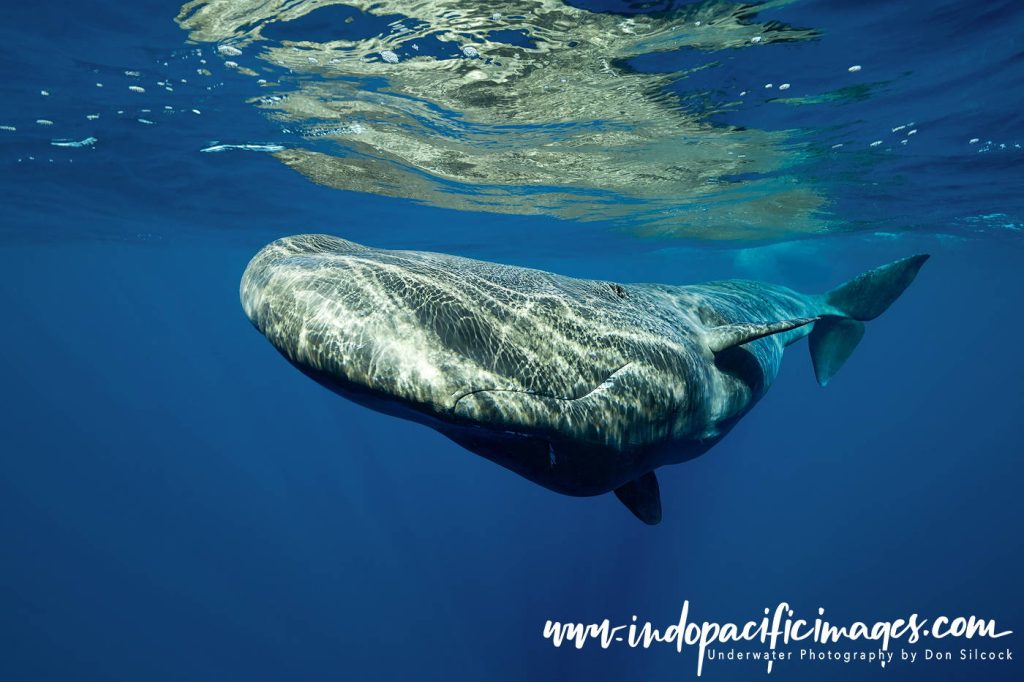
SEACAM OPP Field Test #3: Long-Term Performance in Indonesia
Over a total of nine weeks in Raja Ampat, later followed by a further four across Halmahera and Sulawesi, the SEACAM OPP consistently delivered world-class optical performance.
It pairs perfectly with SEACAM 160D strobes for reef and wreck work, producing crisp, colour-accurate images with natural perspective and minimal distortion.
Even after months of use, the system remained smooth, reliable, and remarkably easy to travel with.
My Standard Lens
The ability to go wide, zoom in to mid-range, and focus extremely close — all on a single dive — has made the SEACAM OPP my standard lens.
I use it for roughly 70% of my underwater photography.
I still pack the Nikon F 8–15 mm fisheye for super-wide shots and the Z 105 mm macro for close-ups, but together they form a complete, flexible kit for almost any shooting situation.
The OPP is lightweight, compact, and travel-friendly.
It fits neatly in my small carry-on, and the hollow PVL ring doubles as a handy storage space — an elegant and efficient design solution typical of SEACAM engineering.
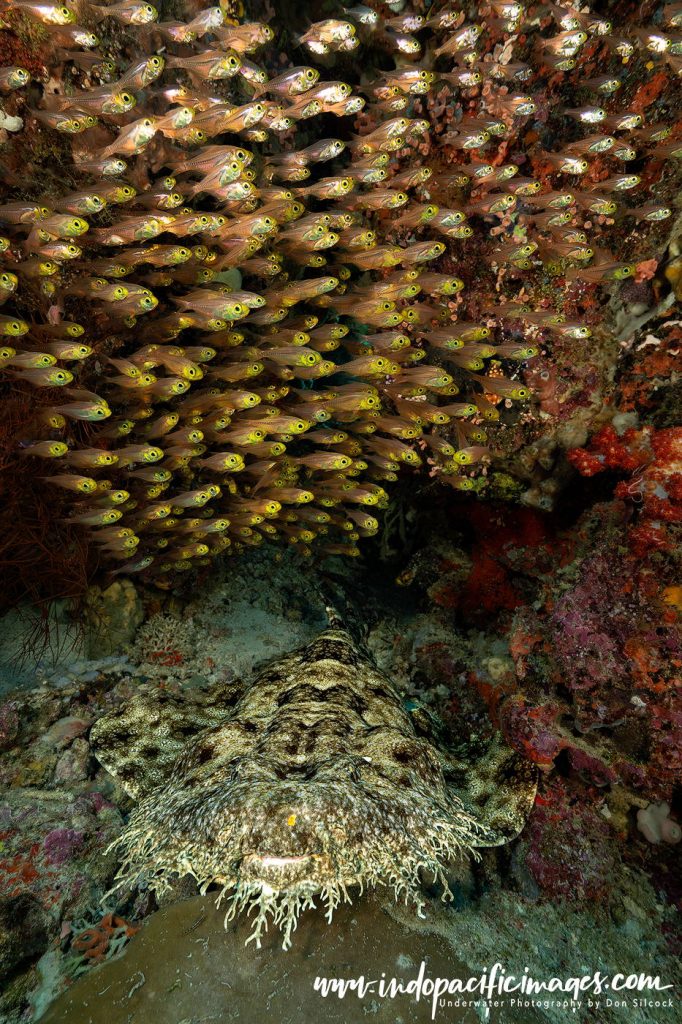
Final Thoughts on the SEACAM OPP
After a full year of real-world testing across three ocean basins, the SEACAM OPP (Optical Precision Port) has earned a permanent place in my underwater-photography kit. Its combination of sharpness, versatility, and optical fidelity is remarkable!
For serious shooters seeking the next leap forward in underwater wide-angle imaging, the SEACAM OPP isn’t just an innovation — it’s a revelation.
Questions?
If you have any questions about using the SEACAM OPP I am happy to try and answer them, based on my practical experience with it, send me an email at don.silcock@gmail.com and I will get back to you as soon as I can.
